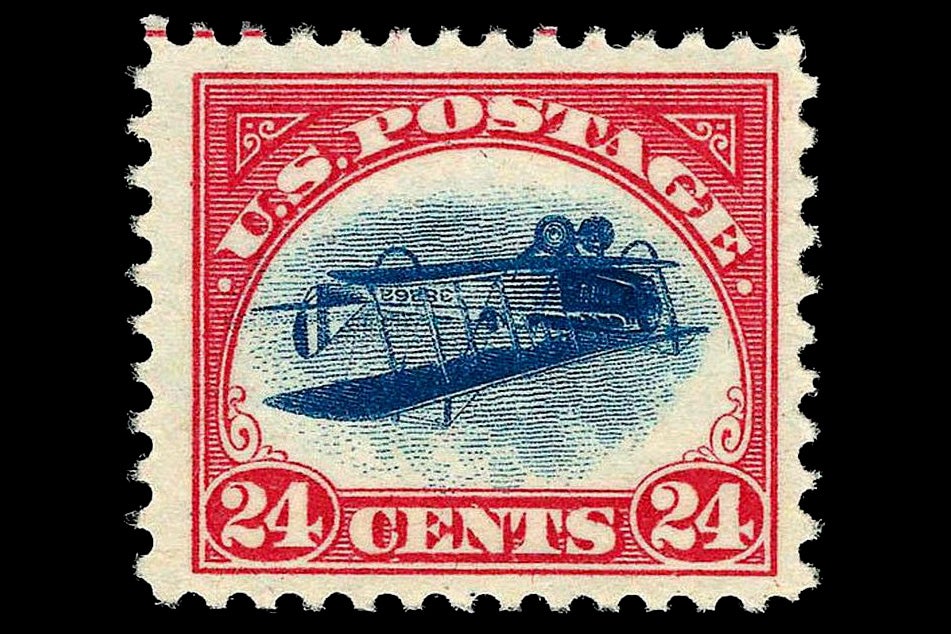The history of hobbies shows that leisure is never as innocently ahistorical as insiders, and outsiders alike, may think. The development of stamp collecting, the quintessential hobby, was inextricably bound up with the marketplace and capitalism’s conjoined notions of work and leisure, writes scholar Steven M. Gelber.
In the mid-nineteenth century, “stamp collectors were acutely self-conscious of the ways in which their activity mimicked the real world of commerce.” Gelber argues that in collecting stamps, philatelists took on “the roles of the essential middleman of capitalism: those who bought and sold the products that others produced.” Collectors likewise “produced nothing of concrete value themselves, but their mutual demand for a finite supply of stamps made their pastime the perfect free market metaphor.”
The first national postage stamps were issued by the United Kingdom, in 1840. Other nations followed suit. The first in the United States came out in 1847. The original stamp collectors were women and children more interested in the aesthetics than the economics of stamps: “The world’s first collector was apparently a[n] English woman who advertised for stamps in 1841 to cover her dressing room walls.” Such behavior would be considered contemptible by the white, middle-class men who began to dominate the field in the 1860s.
Significantly, “what appears to be one of the earliest modern uses” of the word “hobbies,” as in a leisure-time activity, is an 1871 stamp-collecting reference book. Before this, a “hobby” was any preoccupation, “whether or not it was a leisure-time activity.” Collecting in general was “not perceived to be a distinct form of leisure until the second half of the nineteenth century,” stresses Gelber.
Stamp collecting became a hobby not as “compensation” for the stresses of daily working life for middle-class men, but “out of a congruence” with the way industrial society ordered “social and economic relationships.” And, as Gelber notes, others have argued that working-class hobbies shared a similarity with blue-collar jobs: manufacturing in the factory, then handicrafts in the shed.
“Even when the collector felt he was escaping from some limiting element of his job, he was nevertheless participating in a performance of meta-values that defined the very job he thought he was escaping.”
Weekly Newsletter
The 1860s saw the commodification of the small, colorful bits of paper. “Stamps were beginning to develop different values relative to one another”—and amateur stamp brokers could trade “hundreds of common European and American stamps” for much rarer stamps from places like Mauritius and Hawai’i. An “intense market-based subculture” mirroring laissez-faire capitalism developed among these male collectors. The open-air stamp markets that sprang up across Europe in the 1860s were called “bourse,” taking the same name as the French stock market. Dealing in stamps was inappropriate for women.
Nonetheless, there was “a fairly high level of ambivalence in male attitudes toward the economic aspects of their hobby.” Many wanted “something more creative, more meaningful, more psychically enriching, more socially acceptable[.]” In a society obsessed with work, a leisure activity can imply a lack of seriousness about life.
Support JSTOR Daily! Join our new membership program on Patreon today.







